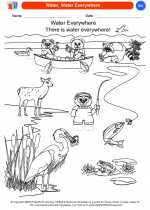Crust
The Earth's crust is the outermost layer of the Earth. It is a solid, thin layer that surrounds the Earth and is made up of various types of rocks and minerals. The crust is the part of the Earth that we live on and where most geological activity, such as earthquakes and volcanic eruptions, occurs.
Composition
The Earth's crust is composed of two main types of crust: continental crust and oceanic crust. Continental crust is thicker and less dense than oceanic crust, and is primarily made up of granitic rocks. Oceanic crust, on the other hand, is thinner and more dense, and is primarily made up of basaltic rocks.
Structure
The crust is divided into several large tectonic plates that float on the semi-fluid layer of the mantle below. These plates are in constant motion, which can cause them to collide, slide past each other, or move apart, leading to geological phenomena such as mountain formation, earthquakes, and the creation of new crust.
Study Guide
- What is the Earth's crust made of?
- What are the two main types of crust?
- How do tectonic plates contribute to geological activity?
[Crust] Related Worksheets and Study Guides:
.◂Science Worksheets and Study Guides Kindergarten. Our Earth
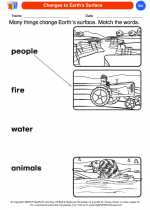
 Coloring Worksheet
Coloring Worksheet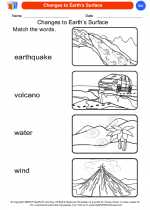
 Coloring Worksheet
Coloring Worksheet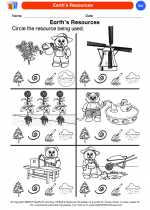
 Coloring Worksheet
Coloring Worksheet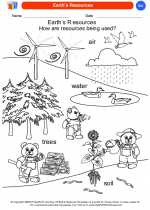
 Coloring Worksheet
Coloring Worksheet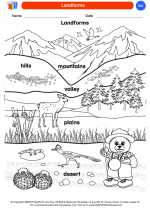
 Coloring Worksheet
Coloring Worksheet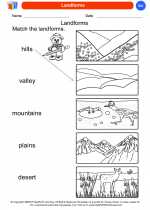
 Coloring Worksheet
Coloring Worksheet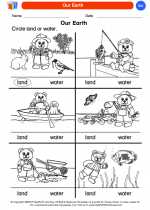
 Coloring Worksheet
Coloring Worksheet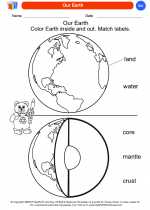
 Coloring Worksheet
Coloring Worksheet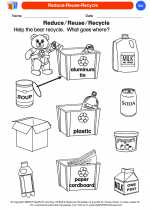
 Coloring Worksheet
Coloring Worksheet
 Coloring Worksheet
Coloring Worksheet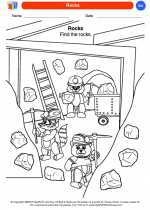
 Coloring Worksheet
Coloring Worksheet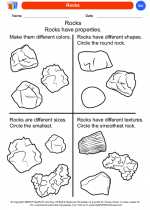
 Coloring Worksheet
Coloring Worksheet
 Coloring Worksheet
Coloring Worksheet
 Coloring Worksheet
Coloring Worksheet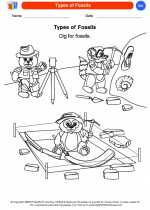
 Coloring Worksheet
Coloring Worksheet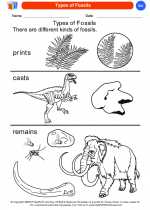
 Coloring Worksheet
Coloring Worksheet
 Coloring Worksheet
Coloring Worksheet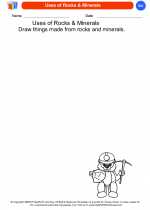
 Coloring Worksheet
Coloring Worksheet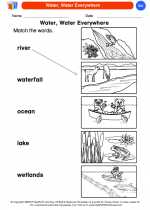
 Coloring Worksheet
Coloring Worksheet